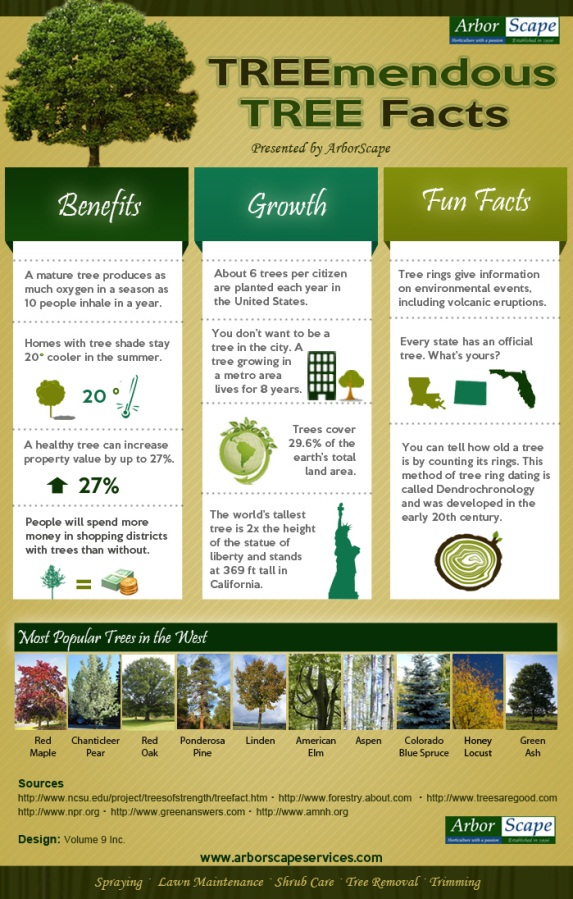Seasonal Tree Monitoring: Techniques For Caring For Trees Prior To And After Their Elimination
Seasonal Tree Monitoring: Techniques For Caring For Trees Prior To And After Their Elimination
Blog Article
Material Produce By-
When it concerns seasonal tree treatment, making certain appropriate administration before and after elimination can dramatically influence the wellness and appearances of your landscape. By understanding the required actions associated with examining tree health and wellness and getting ready for elimination, you can proactively protect your residential or commercial property. But what about hedge cutting contractors near me to adhere to as soon as the tree is gone? Stay tuned to find the vital post-removal care steps that will certainly assist you grow a thriving and lasting atmosphere for your trees.
Pre-Removal Tree Treatment
Prior to dealing with the elimination of a tree, it's critical to prioritize pre-removal tree treatment. Begin by assessing the tree's wellness and structural stability. Try to find indications of illness, pest invasions, or any type of structural problems that may position a safety hazard throughout elimination. It's vital to speak with a qualified arborist to establish the best strategy.
Trimming dead or unhealthy branches can stop additional damages to the tree and make sure a smoother removal procedure.
Furthermore, think about the ecological effect of eliminating the tree. Trees play an essential duty in our environment, so growing a brand-new tree in an ideal place can assist counter any loss. Guarantee that you have the essential licenses and permissions for tree removal, particularly if the tree is shielded by local laws.
Seasonal Upkeep Tips
Evaluating your tree's requirements throughout the year is imperative for its wellness and durability. To maintain your trees in leading condition, adhere to these seasonal maintenance suggestions.
In spring, concentrate on trimming to remove dead or broken branches and motivate brand-new growth.
Summer requires normal watering, particularly during dry spells, to ensure your tree stays hydrated.
As autumn approaches, watch out for very early indications of disease or stress, and think about applying compost to protect the origins throughout winter season.
In winter, be cautious when getting rid of snow from branches to prevent damage, and continue to check your tree's general wellness.
Bear in mind to adjust your care routine based on the particular demands of your tree species and local environment. By remaining alert and aggressive throughout the periods, you can aid your trees flourish and grow for several years to come.
Post-Removal Tree Treatment
To make certain the wellness of your landscape even after tree elimination, correct post-removal treatment is essential. After a tree is removed, it's critical to fill the continuing to be opening with topsoil and compact it to stop settling. This will help maintain the honesty of the ground and avoid possible hazards in the future.
Think about planting brand-new plants instead of the removed tree to recover the equilibrium and looks of your landscape. Consistently water the location to advertise the growth of new plants and prevent soil erosion.
Examine landscape property maintenance surrounding trees for any type of indicators of illness or anxiety that might have been triggered by the removed tree. Watch out for bugs that could've been attracted to the previous tree and take preventive measures to secure the continuing to be plant life.
If required, seek advice from an expert arborist to examine the influence of the elimination on the bordering trees and establish any extra care needed. By adhering to these post-removal treatment actions, you can make sure the ongoing health and charm of your landscape.
Verdict
Finally, proactive seasonal tree treatment is important for preserving the health and equilibrium of your landscape. By assessing tree health, pruning, and talking to an arborist before elimination, you can guarantee a safe procedure. After removal, filling up the hole, growing brand-new plant life, and routine watering will promote brand-new growth and protect against disintegration. Keep in mind to examine surrounding trees for illness and seek additional treatment steps from an arborist to maintain your landscape thriving.
